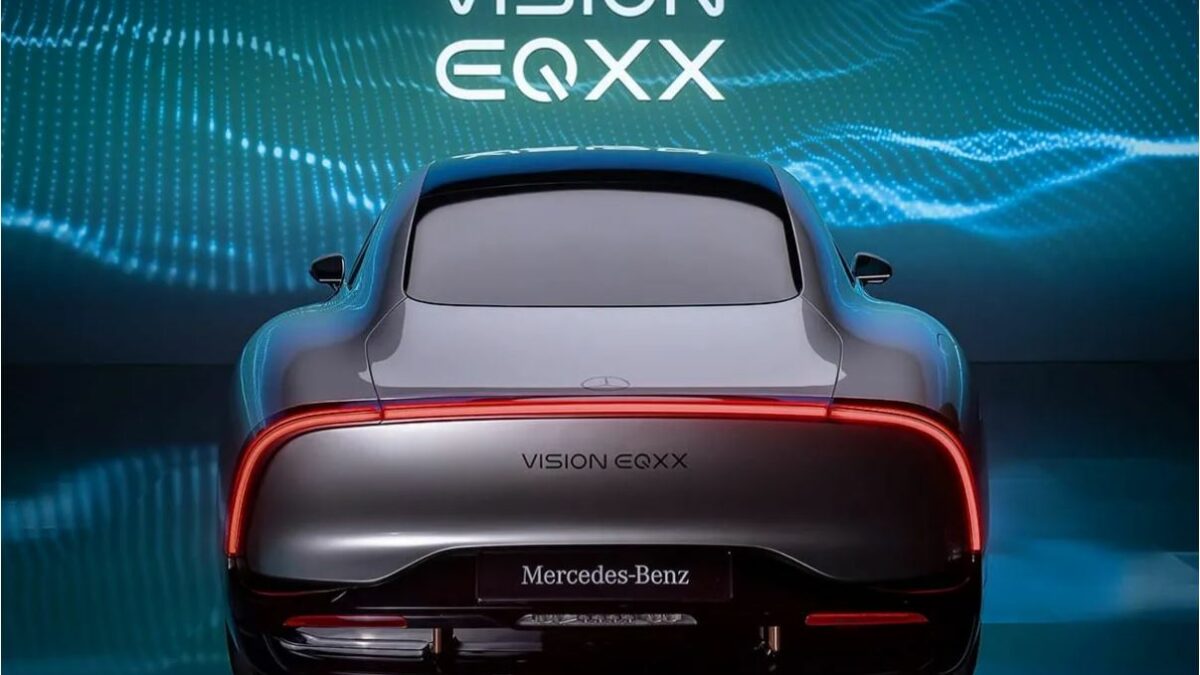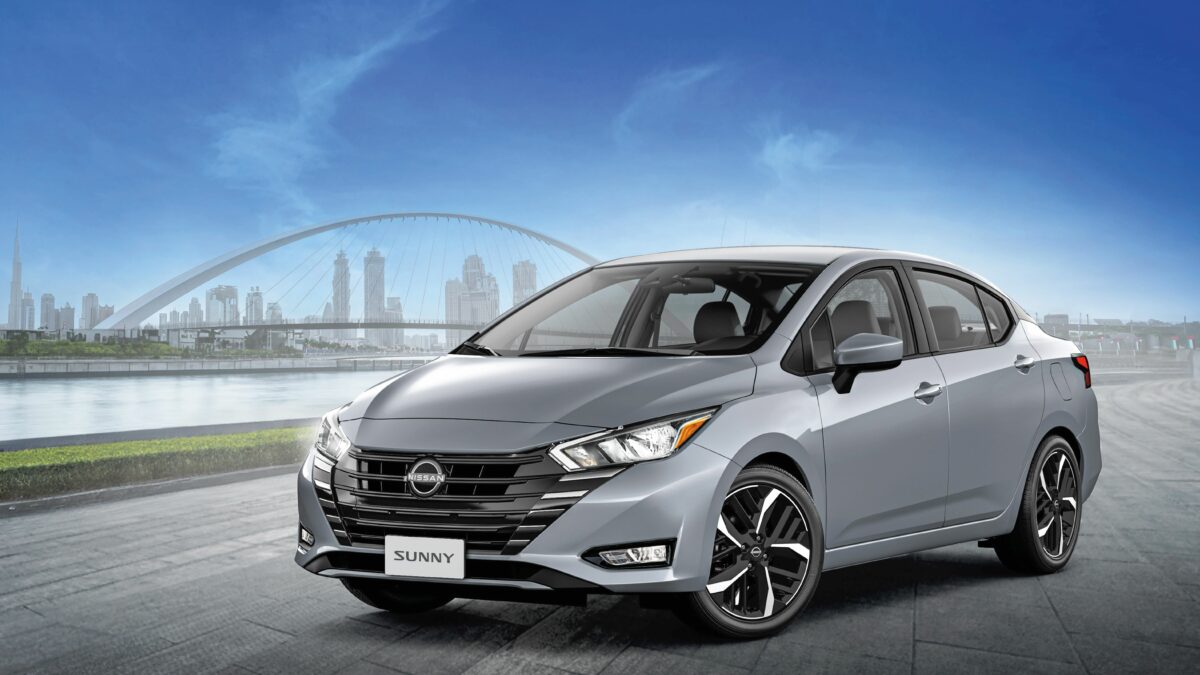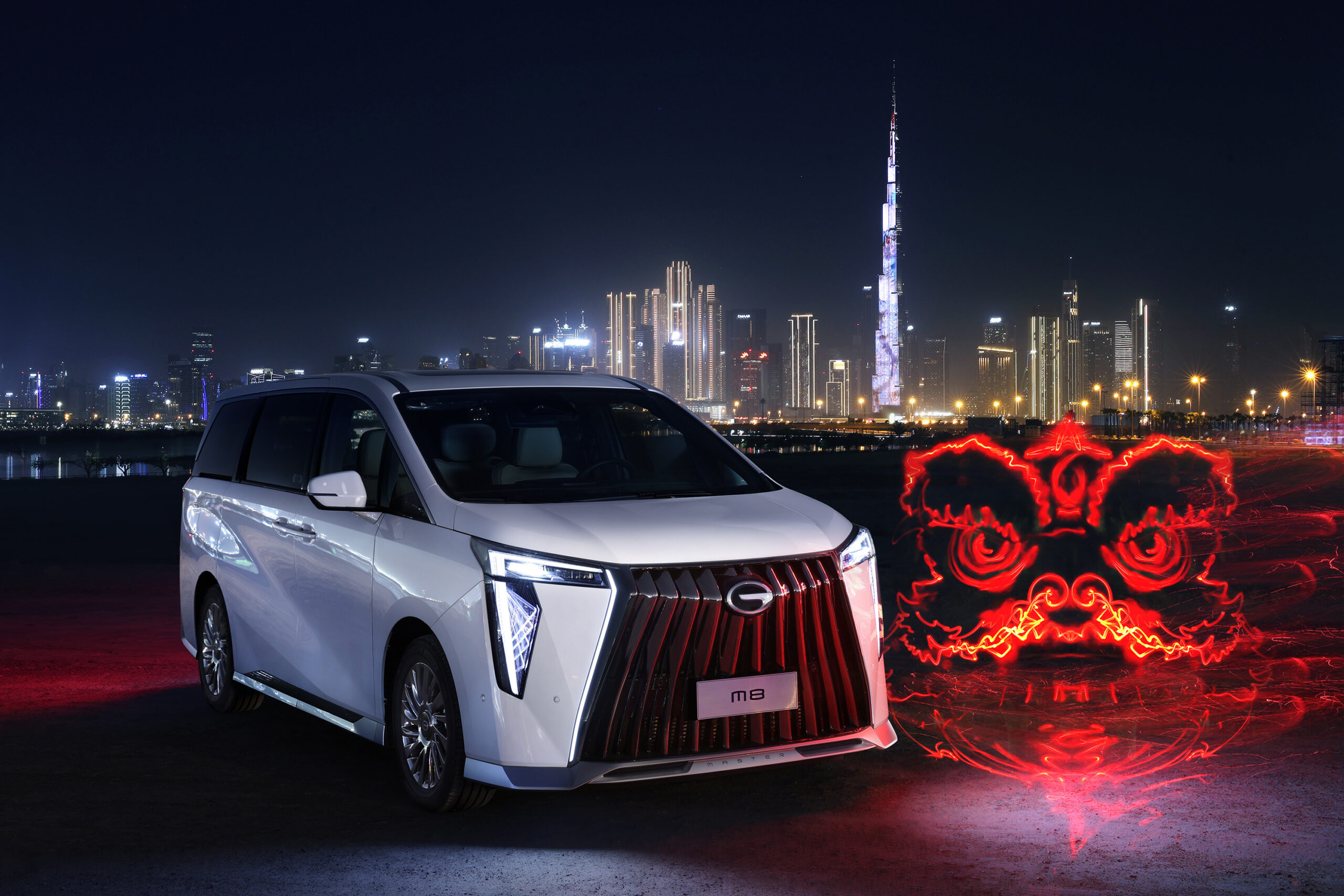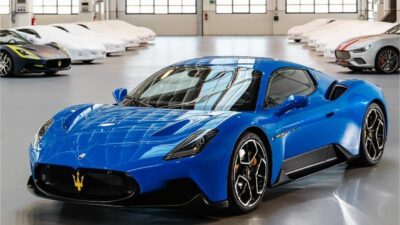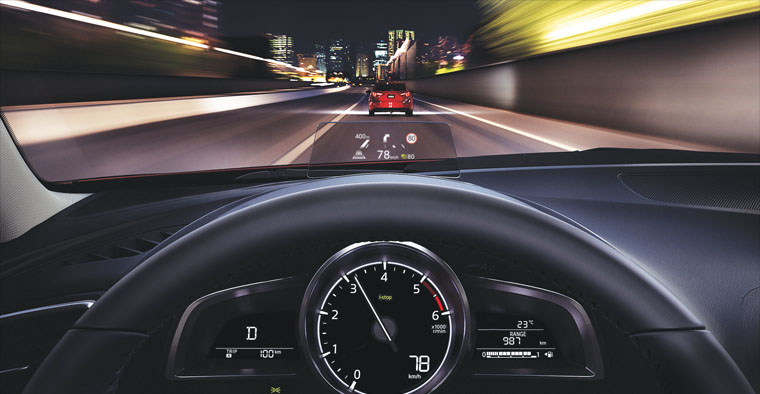
Head-up Displays
Head-up Displays: new, old tech

History
Head-up displays can hardly be considered new technology, as they have been in the automotive space for over two decades now. Their origins trace back to the military, where they were first used in 20th century fighter planes. The purpose in that application was to add targeting assistance to a basic scope, such as air speed and attack angle. Later this was adapted to commercial aircraft as well.
In terms of automobiles, General Motors was the pioneering car company to find a four-wheel use for the unique displays — it was implemented in the 1988 Oldsmobile Cutlass Supreme. Import cars would follow, including Toyota and Nissan with its 240SX sports car. Early versions usually showed only basic information such as a virtual speedometer and tachometer.
Today, head-up displays are still by no means ubiquitous, and usually reserved for luxury and/or higher trim level models. BMW, MINI and Lexus are three brands that favour HUDs, as they’re commonly referred to, and each automaker puts a different spin on the design. This is how it works.
Design
The purpose of HUD systems is to display important vehicle information somewhere in the driver’s line of sight, allowing easy visual access without having to glance too far off the road. Velocity is a common readout, as well as RPMs, playlist, current speed limit, safety warnings and turn-by-turn navigation. BMW says this allows a person to process what he or is she is seeing up to 50 per cent quicker.
The German manufacturer offers HUDs on several cars in their lineup, like the 435i and brand new, M2 to name a couple. Inside, on top of the dashboard, there is what looks like a small inset box that is actually comprised of a projector and a series of mirrors. It beams a full colour, high contrast image onto a section of translucent film embedded in the windshield, and to the driver the readout appears to be floating somewhere above the hood.
In subsidiary MINI vehicles, it’s a similar concept with slightly different execution. Rather than sending an image onto the windshield, a dark see-through motorized panel rises up from in front of the steering wheel to “catch



